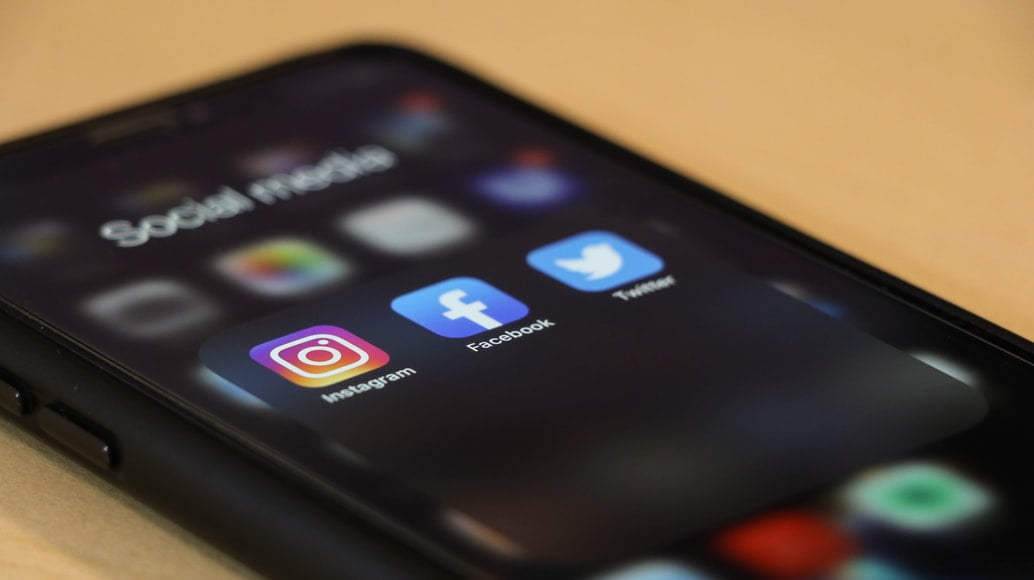Why It’s Bad to Make “Going Viral” Your Business Goal

Along with the rise of social networks comes the desire to “go viral.” It’s not uncommon to hear the assumption that if a business’ content goes viral, its products or services would become the talk of the crowd, boosting its sales. This is not always the case. As a business, not only is it hard to produce viral content, but it could also result in your money going down the drain. Here’s why it’s bad to make “going viral” your business goal.
What Does “Going Viral” Mean?
Any content (a post, a photo, a song, a video, or anything on the internet, really) that gains traction across various social media platforms; getting reacted on, retweeted, commented on, reblogged, and reshared through the internet, is content that “goes viral.”

Online users that find the content relatable to them share it with their friends, making these posts increasingly popular among thousands of people in a matter of hours or days.
As long as a post plays strongly on the user’s emotions, it has the chance to go viral. People could find a meme funny and this meme could go viral. Also, the latest developments on a hot topic are sure to be reshared.
“Going Viral” is not the Goal
Viral content resonates with people because of the emotions they evoke.
A viral video could be about a cat doing silly things or a popular person expressing their political views. Still, a person’s preferences are subjective, so what one finds interesting can be boring to another.
Also, the world of digital media networks is saturated with an influx of content on a daily basis. If your goal is to go viral, you would have to consider the fact that you are competing for attention in a vast stream of posts.
As a business owner, going viral is not the goal, and focusing on this leads to unnecessary consequences and ignored audiences.
Needless Pressure
Frankly, there is no surefire method for going viral.
You can use the most sophisticated of tools, spend valuable hours on creating content for the sole purpose of going viral, and not receive the traction that you wanted.

Sometimes, a random person on any social network could simply post something that becomes effortlessly viral. Pressuring yourself into creating content that you hope would go viral is misplaced.
Instead, you must focus your energy on creating high-quality content intended to inform, entertain, and persuade your target audience. After that, you must make sure that your content reaches them.
Much like what Adam Hayes on Wyzowl says, what is important is that you create content that gives your audience a reason to come back to you, and, eventually, convinces them to make a purchase.
Sure, it would be nice if your audience passes it on to other people, but a high number of shares on a social network doesn’t necessarily equate to profit.
Socialization, not Popularity
When you focus on gaining attention instead of sparking meaningful interaction, you’ve gone from being social to merely using digital media networks to broadcast something.
Now, especially because of the COVID-19 Pandemic, people use digital networks in place of face-to-face interaction to have substantive conversations.
Building upon online communities by creating engaging content suits your purposes over temporarily having the public eye on you. Make your content relatable: content that resonates with your target audience.

Your marketing campaign should not be about gaining popularity. Rather, it should be after establishing your business as your customers’ first choice.
A huge part of the campaign involves responding to your customers’ queries and letting them know that you understand and appreciate them. Consider creating posts that encourage conversation and input from your customers, capitalizing on creating value that will help in your business’ growth.
Quality over Quantity
The intention of going viral broadens the intended audience for your content.
By widening the scope, you gamble on the opinion of many and try to appeal to the most number of people, so you would then try to create as many posts as you can and hope for the best.

If you are trying to promote your business or to inform customers about your products and services, this is not the way to go.
Online popularity falls just as fast as it rises, and you wouldn’t want to rely on something that unpredictable to help you conduct business.
Focus on existing customers and those that are interested in making a purchase rather than the wide spectrum of online users. Sure, you are excluding a substantial number of viewers, but the ones you target are people who are most likely to connect.
Knowing who your audience is, create meaningful content that would drive the conversation about your business. The emphasis should always be on quality, not quantity.
The Main Goal: Call to Action
As a business owner, you use digital networks to have your target audience talk about your brand. To achieve this, you must have a deep understanding of who your audience is, have the capacity to satisfy their needs, and clearly state what you want them to do.
Before anything else, you must have a marketing persona.

A marketing persona is a representation of your target audience. Information such as social media habits, demographics, and psychographics are included here. You can gather this information by talking to current and potential customers. Ask them about the things that would make them likely to avail of your services or purchase your products.
Now that you know who you are trying to reach, you know the kinds of content they would find useful, relevant, and appropriate for them.
You are not just trying to make them feel something; rather, you want to convince them to choose you. If your audience finds your content insightful and helpful, then engagements and the return of your investment are sure to follow.
When you consistently create high-quality content, you can establish a lasting relationship with your customers. To have your content go viral would only be an added bonus.



Leave A Comment